Table of content
Introduction
Pleurotus Eryngii, commonly known as king oyster mushrooms or eringi mushrooms, are a popular culinary delight renowned for their meaty texture and earthy flavor. These mushrooms are not only a delightful addition to various dishes but also pack a nutritional punch, being rich in vitamins, minerals, and antioxidants. However, like any other perishable food item, ensuring the freshness of Pleurotus Eryngii mushrooms before consumption is crucial to maximize their taste and nutritional benefits while avoiding potential health risks associated with spoiled produce. This article delves into the various indicators and methods one can use to accurately assess the freshness of Pleurotus Eryngii mushrooms.
Understanding Pleurotus Eryngii Mushrooms
Before discussing how to determine their freshness, it’s essential to understand the basic characteristics of Pleurotus Eryngii mushrooms. These mushrooms have a long, stalk-like stem and a large, fan-shaped cap that can vary in color from light brown to dark gray, often with a velvety texture. They are native to warm, temperate, and subtropical regions and are cultivated worldwide due to their high demand.

Fresh Pleurotus Eryngii mushrooms should exhibit a firm texture, with the caps being tightly closed or slightly open but not overly flaring. The stems should be firm and not overly woody or hollow. The overall appearance should be clean, with no visible signs of mold, slime, or discoloration.
Visual Inspection: The First Line of Defense
The most straightforward method to assess the freshness of Pleurotus Eryngii mushrooms is through visual inspection. Here are some key visual cues to look for:
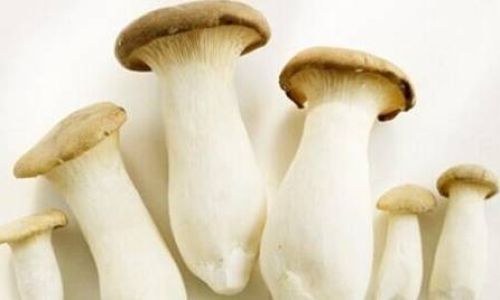
Cap Condition
- Tightly Closed or Slightly Open Caps: Fresh Pleurotus Eryngii mushrooms often have caps that are tightly closed or just slightly open. If the caps are excessively flared open, it could indicate that the mushrooms are past their prime.
- Color Uniformity: The caps should have a consistent color with no dark spots or patches. Discoloration can be a sign of aging or spoilage.
- Velvety Texture: The surface of the cap should feel velvety and smooth. A dull or slimy texture can indicate that the mushrooms are not fresh.
Stem Firmness
- Firm and Solid Stems: The stems of fresh Pleurotus Eryngii mushrooms should be firm and solid, with no hollow or woody sections. If the stems feel soft or have a give when pressed, it’s a sign that the mushrooms are not as fresh.
- Clean and Smooth: The stems should be clean and smooth, with no visible slime, mold, or dark spots.
Overall Appearance
- No Visible Mold or Slime: Any signs of mold, slime, or dark, slimy patches on the mushrooms are indicative of spoilage and should be avoided.
- No Wrinkling or Shrinkage: Fresh mushrooms should not show signs of wrinkling or shrinkage. These can be signs that the mushrooms have lost moisture and are no longer fresh.
Olfactory Assessment: Smell is Key
While visual inspection provides a good starting point, olfactory assessment is another crucial aspect of determining the freshness of Pleurotus Eryngii mushrooms. Fresh mushrooms should have a distinct, earthy aroma that is neither too strong nor too faint.
Earthy Aroma
- Pleasant and Subtle: The smell of fresh Pleurotus Eryngii mushrooms should be pleasant and subtle, with a hint of earthiness.
- No Strong or Offensive Odors: If the mushrooms have a strong, pungent, or offensive odor, it’s a sign that they are not fresh and should be discarded.
Lack of Musty or Moldy Smells
- No Musty Smell: Musty smells are indicative of mold or spores, which means the mushrooms are spoiled.
- No Rotten Smell: Similarly, a rotten smell is a clear indication that the mushrooms are no longer edible.
Tactile Examination: Feel the Difference
Touching the mushrooms can also provide valuable insights into their freshness. However, it’s important to handle them gently to avoid damaging the delicate texture.
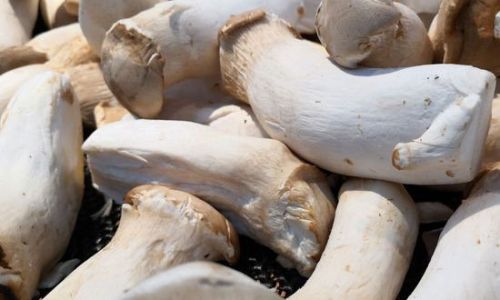
Firmness and Elasticity
- Firm Texture: Fresh Pleurotus Eryngii mushrooms should feel firm when touched. If they feel soft or mushy, it’s a sign that they are not fresh.
- Slight Give but Not Too Much: While they should have a slight give when pressed, they should not feel overly soft or collapse under pressure.
Moisture Content
- Not Too Wet or Too Dry: The mushrooms should not feel excessively wet or slimy, nor should they be overly dry and brittle. A balance between these extremes indicates freshness.
- No Sticky Residue: If there is a sticky residue on the mushrooms, it could be a sign of spoilage.
Checking the Packaging: What to Look For
If you’re purchasing Pleurotus Eryngii mushrooms from a store, the packaging can also provide clues about their freshness.
Date Labels
- Use-by or Best-before Dates: Check for use-by or best-before dates on the packaging. While these dates are not always foolproof indicators of freshness, they can give you a general idea of how long the mushrooms have been on the shelf.
- No Expired Dates: Avoid mushrooms with expired dates, as they are likely not fresh.
Packaging Integrity
- No Tears or Holes: The packaging should be intact, with no tears, holes, or punctures that could allow air or contaminants to enter.
- Moisture-Proof Packaging: Look for packaging that is moisture-proof to ensure that the mushrooms haven’t lost moisture or been contaminated by external factors.
Cold Chain Maintenance
- Refrigerated Display: If possible, check if the mushrooms are being displayed in a refrigerated environment. Pleurotus Eryngii mushrooms should be stored at temperatures between 32°F and 41°F (0°C and 5°C) to maintain freshness.
Storage and Shelf Life: Keeping Mushrooms Fresh
Once you’ve purchased fresh Pleurotus Eryngii mushrooms, proper storage is crucial to extend their shelf life and maintain their freshness.
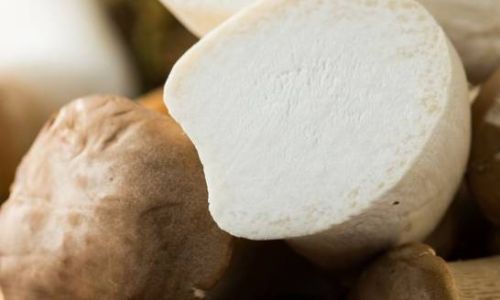
Proper Storage Conditions
- Refrigeration: Store the mushrooms in the refrigerator in a paper bag or on a paper towel-lined container to absorb excess moisture. Avoid plastic bags, which can trap moisture and cause the mushrooms to spoil faster.
- Avoid Direct Cold Exposure: Do not store the mushrooms directly on the refrigerator shelves, as the cold can cause them to become too firm and lose flavor.
Consumption Within a Reasonable Timeframe
- Use Within a Week: Fresh Pleurotus Eryngii mushrooms should be consumed within a week of purchase for the best taste and texture.
- Monitor Regularly: Check the mushrooms regularly for any signs of spoilage, such as discoloration, sliminess, or an offensive odor.
Conclusion
Determining the freshness of Pleurotus Eryngii mushrooms involves a combination of visual inspection, olfactory assessment, tactile examination, and checking the packaging. By paying attention to these factors, you can ensure that you’re consuming mushrooms that are not only delicious but also safe and nutritious. Proper storage and timely consumption are also essential to maximize the shelf life and freshness of these culinary treasures. Remember, when it comes to food safety, it’s always better to err on the side of caution and discard any mushrooms that show signs of spoilage. Enjoy your fresh Pleurotus Eryngii mushrooms in a variety of dishes, from stir-fries to soups, and savor their unique flavor and texture!

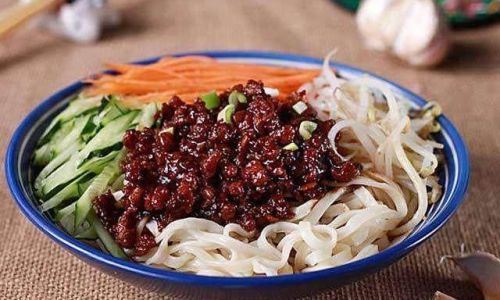
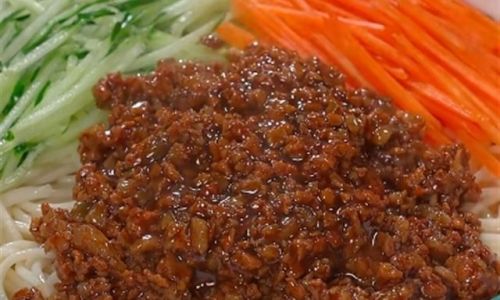
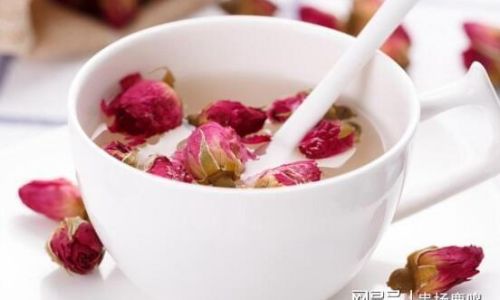
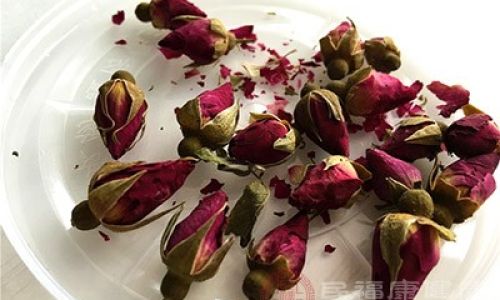
0 comments